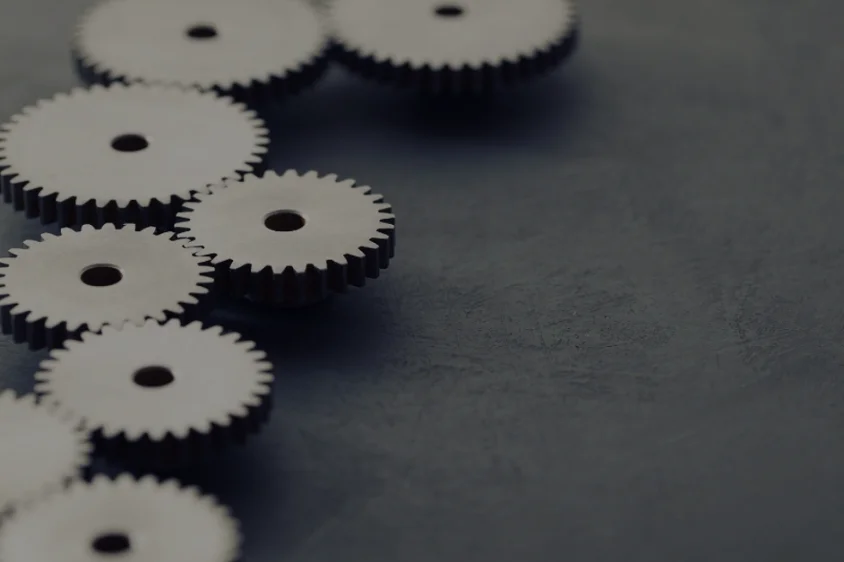Crafting Patent Success: Precision, Novelty, and Strategic Arguments
- November 25, 2023
- By Sarita Thomas
- Read 1 minute
Join us for our weekly exploration into the patent landscape as we look into the strategic journey behind the success of the patent ‘Dental Imaging System Utilizing Artificial Intelligence’ (US11819347B2), granted on Nov 1, 2023. Our in-depth analysis spans the patent’s evolution, scrutinizing the office actions, amendments, and intricate details of this innovation. Delve into our expert dissection, focusing on Precision in Claim Language, Navigating Novelty against Prior Art, Detailed Technical Breakdowns, and Strategic Counterarguments.
Precision in Claim Language
Emphasize the criticality of clear, precise language in claims, especially for technical terms. Ensure each claim element’s connection and meaning are explicitly stated to avoid ambiguity and indefiniteness rejections.
Coherence in Claim Elements
Stress the importance of coherence between claim elements, particularly in dependent claims. Each element should complement the others, forming a cohesive and clearly linked set of steps or components.
Demonstrating Novelty Against Prior Art
Highlight the necessity of demonstrating novelty and inventive step against prior art. New patents should explicitly showcase unique aspects that differentiate them from existing references in the field.
Detailed Analysis of Claimed Elements
Encourage a thorough analysis of the claims in comparison to cited prior art. Discuss how the claimed invention introduces innovative functionalities, technical processes, or features that distinguish it from existing solutions.
Utilizing Multiple Prior Art References
Acknowledge the possibility of examiners combining multiple prior art references. Patents should address and clearly differentiate their innovative aspects from the amalgamation of prior art.
Emphasizing Unique Features and Non-obvious Combinations
Highlight any novel features or functionalities introduced in the claims. These unique aspects should contribute to non-obvious combinations that significantly advance the technology or methodology in the field.
Addressing Potential Obviousness and Establishing Distinctions
Stress the importance of addressing potential obviousness by demonstrating distinct technical contributions that set the patent apart from existing references. Showcase how the invention’s unique elements go beyond known combinations found in prior art.
Synthesizing Multiple Disclosures
Recognize the examiner’s reliance on combining various prior art disclosures. Patents should meticulously differentiate and establish their unique technical advancements amidst the amalgamation of prior art.
Sarita Thomas
Latest Blogs
Blog Categories
- Intellectual Property (IP) Strategy (84)
- Intellectual Property Asset Management (IPAM) (17)
- IP Monetization (4)
- IP News (7)
- Patent Drafting (2)
- Patent Litigation (6)
- Patent Prosecution (8)
- Patenting (18)









No comment yet, add your voice below!